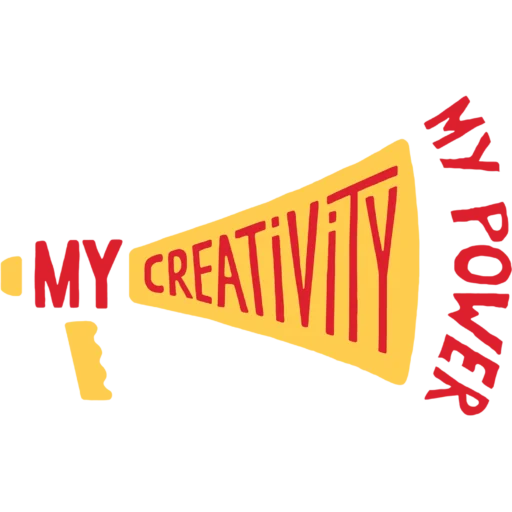Now what?
Description
‘Now what?’ is an impro theater exercise. It is carried out in couples. Each participant gets the opportunity to direct and to perform.
Target group
Number of participants
Min number of participants: 2
Max number of participants: 20
Number of facilitators: 2
Environment
Time needed
Materials
Objective/aim
Step by step instructions
Step 1.
Participants are instructed to form couples. There are no special criteria for this division into couples (like for example physical size or experience), except to go into couples with someone that they are not used to working with (if possible).
Step 2.
One person from the couple is the director, the other one is the performer. The director gives instructions to the actor what to do. These instructions can be very concrete and precise (for example: raise your left hand and wave three times) or more abstract and/or general (for example: you are sailing on a boat).
When they hear the instructions, the actor attempts to perform the instruction according to how they understood it (the more abstract and general the instruction, the more space there is for the actor to interpret it in their own way). When the actor feels that they have carried out the instruction, they stop and ask the director: “Now what?” The director then gives the next instruction. This goes on for a set time limit (recommended: 5 - 10 minutes). This way an improvised theater scene starts emerging. 1 minute before the time limit the facilitator instructs the director to slowly find an ending to the scene.
Step 3.
The participants exchange roles in the couple and repeat the exercise.
Step 4.
The same exercise, only that now the same couples present an improvised scene on a selected topic to other participants. The couple decides who will act as a director and who as an actor this time around. Then a topic is appointed to the couple (for example, a political demand like equal pay for equal work for both sexes). After this the couple performs a short, improvised theater scene on this topic using the exercise described.
Step 5.
After each presentation, the participants from the audience give a short evaluation of what they have seen. The evaluation should focus not so much on the quality of acting and/or presentation, but rather on the topic: how did they understand the scene, what message did they get from it etc. The couple presenting should listen and remember the feedback.
Step 6.
The couple continues working on the scene from step 4. They use the audience feedback to ‘polish’ the scene, to make the scene more expressive, to articulate the message better, etc. At this stage both of them become directors and also actors if they feel this would improve the scene. They can also add more actors to perform in the scene from other groups.
Step 7.
Every couple has one scene on a selected topic rehearsed and memorized and are able and ready to perform it. Steps 6. and 7. can also be spread out over several days.
